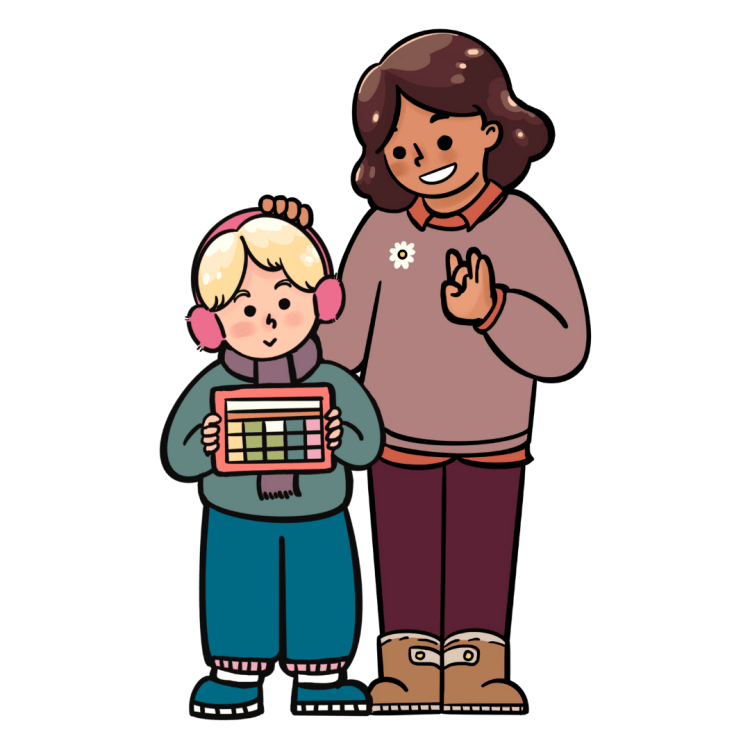In a world where effective communication is fundamental, individuals facing verbal communication difficulties often turn to Augmentative and Alternative Communication (AAC) for support. AAC encompasses a range of tools and strategies that aid those who struggle with verbal expression, providing them with the means to convey their thoughts, needs, and emotions. Despite the numerous benefits AAC offers, there are lingering myths that surround its use. In this blog post, we aim to debunk these misconceptions and shed light on the transformative power of AAC.
Myth 1: AAC is Only for Non-Verbal Individuals
One common misconception about AAC is that it is exclusively for those who are completely non-verbal. The truth is, AAC is a versatile communication tool that can benefit individuals with a wide spectrum of verbal communication difficulties. Whether someone is partially verbal, has difficulty articulating certain sounds, or experiences challenges with expressive language, AAC can be tailored to meet various communication needs.

Myth 2: AAC Hinders Natural Communication Development
Some believe that relying on AAC may impede the natural development of verbal communication skills. However, research indicates the opposite. AAC is designed to complement and enhance communication, offering a supportive framework for individuals to express themselves. In many cases, AAC serves as a stepping stone, fostering language development and improving overall communication competence.

Myth 3: AAC is Complex and Difficult to Learn
Another myth surrounding AAC is the perceived complexity of the systems and tools involved. While there are advanced AAC systems, many are user-friendly and accessible. Modern technology has paved the way for intuitive, user-centric AAC apps and devices that are easy to learn and adapt to. Training and support are readily available to guide users and their support networks in mastering the use of AAC tools effectively.

Dispelling the Myths: Embracing the Reality of AAC
It’s crucial to debunk these myths and promote a better understanding of AAC as a valuable resource for individuals with verbal communication challenges. Embracing AAC as a legitimate and effective means of communication opens doors to enhanced social interactions, increased independence, and improved quality of life for many individuals.
In conclusion, Augmentative and Alternative Communication is not a hindrance but a powerful tool that empowers individuals with verbal communication difficulties. By dispelling these myths, we can foster a more inclusive and supportive environment for those who rely on AAC to express themselves.
Best Amazon finds on Low and High tech AAC systems: https://amzn.to/48DIFDp
